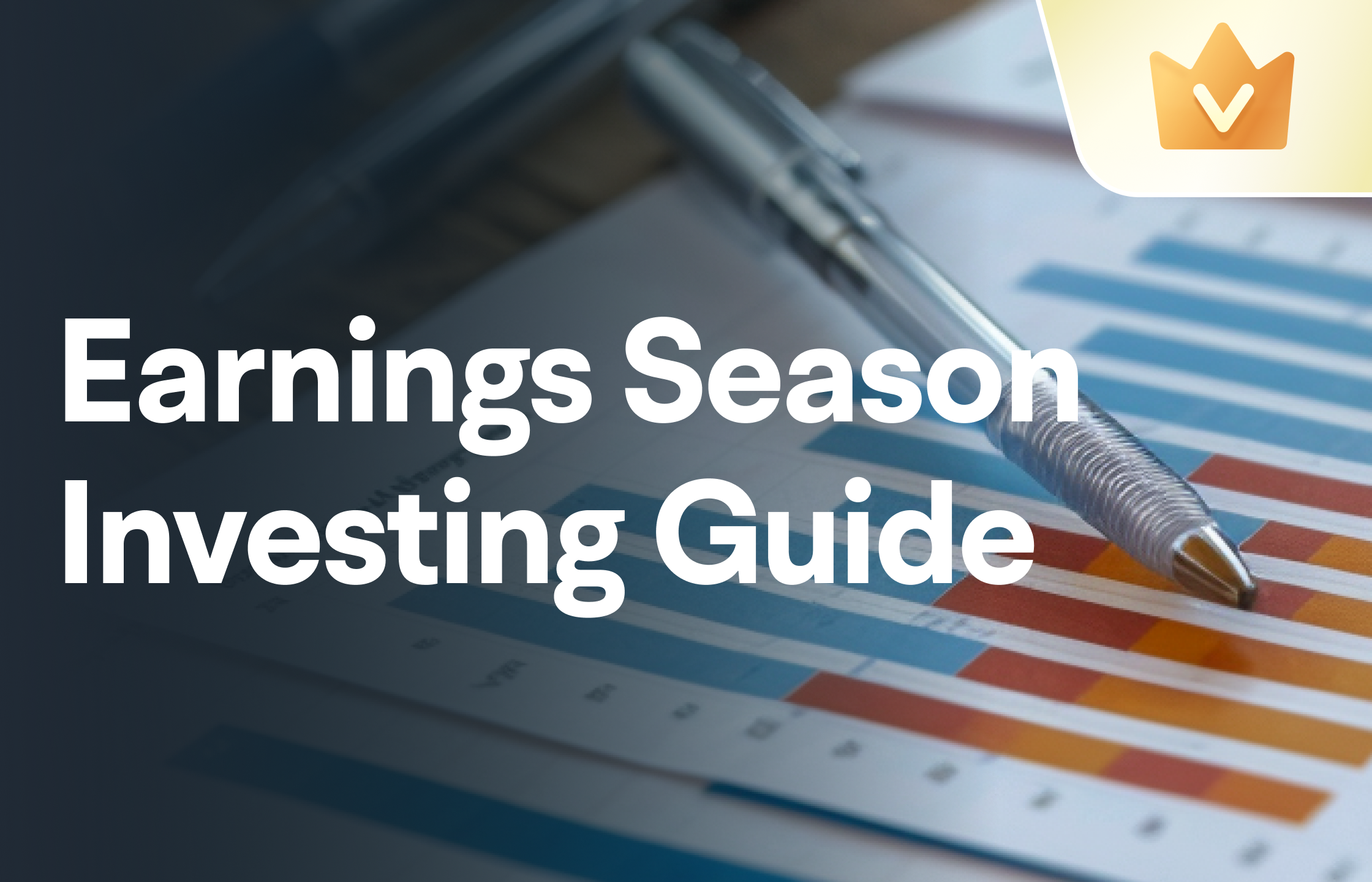He can often accurately capture signals of changes in 10-year US Treasury yields, and his views on the next trend in interest rates are worth paying attention to.
The Federal Reserve has raised the federal funds rate by 5.25% since spring 2022, causing US Treasury yields and mortgage rates to jump to the level of the 90s. The rise in interest rates met the Federal Reserve's expectations and curbed inflation, but it also exacerbated the housing affordability crisis, leaving many potential buyers frustrated.
Last winter, optimism about the Federal Reserve's 2024 interest rate cut drove 10-year US Treasury yields down, and buyers received some comfort. However, this decline is likely to be short-lived, as yields have recently begun to rise again, and many are wondering what will happen next.
 Bruce Kamich (Bruce Kamich) of TheStreet Pro is not surprised by recent interest rate fluctuations; he is an analyst who has followed the market for over 50 years. In 2022, he correctly predicted that 10-year US Treasury yields would soar and push mortgage interest rates to 8%. Then, in November of last year, he accurately predicted that interest rates would fall. In February of this year, he also correctly predicted that “the direction of interest rates is rising.”
Bruce Kamich (Bruce Kamich) of TheStreet Pro is not surprised by recent interest rate fluctuations; he is an analyst who has followed the market for over 50 years. In 2022, he correctly predicted that 10-year US Treasury yields would soar and push mortgage interest rates to 8%. Then, in November of last year, he accurately predicted that interest rates would fall. In February of this year, he also correctly predicted that “the direction of interest rates is rising.”
Camitch recently updated his interest rate outlook, and given his past records, his views on the next trend in interest rates may be worth watching.
Inflation hasn't been beaten
The Federal Reserve's interest rate policy decisions are governed by the dual mission of supporting low inflation and low unemployment. It wasn't an easy task, especially after COVID-19 disrupted everything in 2020. The pandemic has forced central banks around the world to adopt zero interest rates to avoid a recession and keep people working. In the US, extremely low interest rates can be said to have worked very well.
While keeping the economy running, they also posed a risk of soaring inflation in 2022, as they provided convenient funding and fueled speculation. Later, the world suffered supply chain disruptions due to the Russian-Ukrainian conflict and the Ever Given accident that blocked the Suez Canal, which made matters worse.
In order to curb uncontrolled inflation, Federal Reserve Chairman Powell had to switch from “inflation is temporary” to the toughest interest rate policy since Volcker curbed inflation in the 80s of the last century. After a period of operation, US inflation did fall back from a peak of close to 9% in June 2022 to 3.2% in February this year. However, higher prices and higher loan interest rates are squeezing the budgets of businesses and households. As a result, businesses cut back on expansion and recruitment plans, while consumers diverted money from discretionary goods and services to necessities.
These changes slowed the economy in early 2023, as evidenced by several consecutive quarters of negative GDP growth and declining corporate profits. The economy rebounded in the second half of last year, and earnings per share increased this year, but inflation is still a cause for concern. Although the 3.2% Consumer Price Index (CPI) indicates that overall inflation is much better than in 2022 and early 2023, progress has stalled. For example, the CPI for June 2023 was 3%, so today's inflation is still higher than last summer.
Interest rates are likely to stay high for a longer period of time
The loose monetary policies introduced during the COVID-19 pandemic have caused many people to refinance their homes at less than 3% interest rates. These landlords will not give up these low interest rates easily, causing the inventory of available housing to remain tepid and housing prices to continue to rise. High housing prices discourage buyers, and sadly, interest rates may not help much in the long run.
Kamich is a technical analyst. He tracks interest rate trends rather than interpreting the Fed's speech to understand the next changes in interest rates. His recent analysis is unlikely to bring good news for buyers. Kamich said:
“The 10-year US Treasury yield tested 4.40% on Tuesday, a new high since the decline ended at the end of December last year. From the daily bar chart of 10-year US Treasury yields, I can see that (interest rates) have been on an upward trend since the end of December last year. The slope of the 50-day SMA and the slower 200-day SMA is positive. The Moving Average Convergence Divergence Indicator (MACD) has been above the zero line since early February.”
So how high can it go? He calculated that the 10-year US Treasury yield target is 5.35%, which exceeds the 5% peak yield last year. Banks usually increase the 10-year US Treasury yield by 1.5% to 3% to determine interest rates on 30-year mortgages, so Kamich's new target does not provide comfort to potential buyers.

 TheStreet Pro的布鲁斯·卡米奇(Bruce Kamich)对最近的利率波动并不感到意外,他是一位追踪市场超过50年的分析师。2022年,他正确地预测了10年期美债收益率将飙升而且会将抵押贷款利率推高至8%。然后,他在去年11月准确地预测了利率将会下降。今年2月,他又正确地预测到“利率的方向是上升”。
TheStreet Pro的布鲁斯·卡米奇(Bruce Kamich)对最近的利率波动并不感到意外,他是一位追踪市场超过50年的分析师。2022年,他正确地预测了10年期美债收益率将飙升而且会将抵押贷款利率推高至8%。然后,他在去年11月准确地预测了利率将会下降。今年2月,他又正确地预测到“利率的方向是上升”。